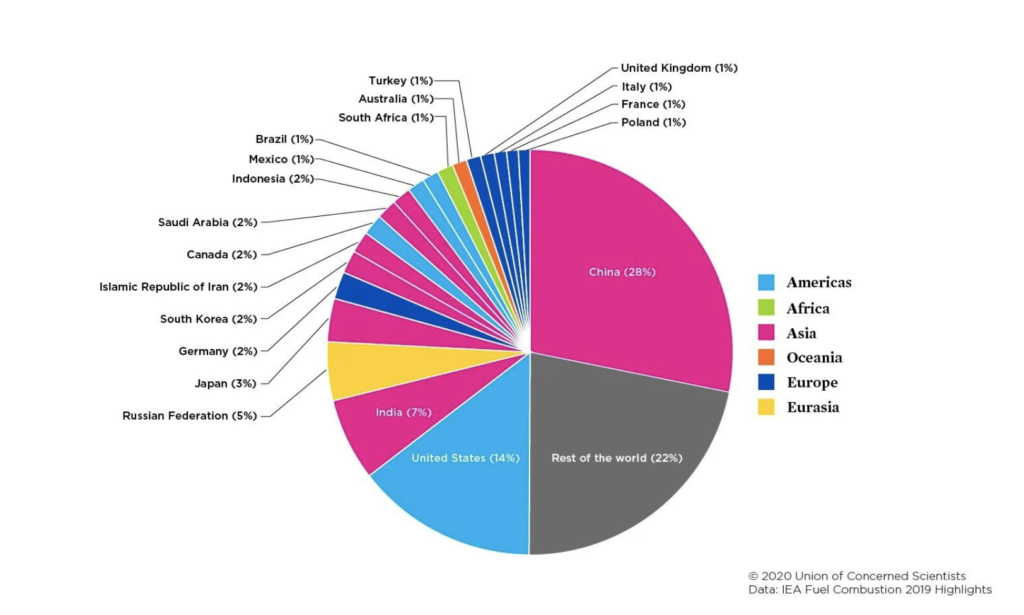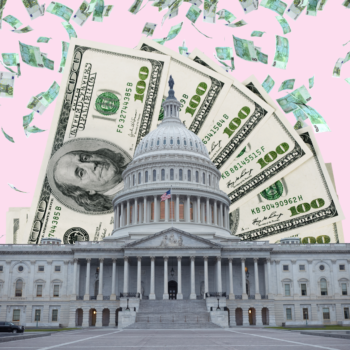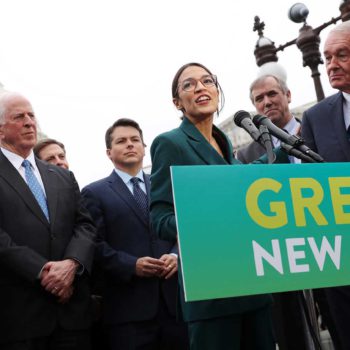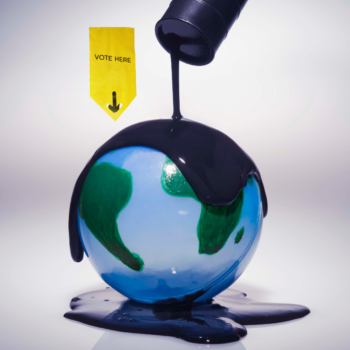Combating climate change at a standstill
COVID-19 has temporarily sidelined and even detracted from efforts to combat climate change. The Environmental Protection Agency (EPA) has even relaxed many rules for polluters by rolling back Obama-era carbon emission regulations and enforcing these new standards through 2026. The Trump administration and the EPA’s head Andrew Wheeler recently passed this remodeled EPA legislation that had always been the president’s goal. As if our public health crisis wasn’t already crippling enough, experts say the resulting polluted air will kill several hundred more Americans per year.
At the same time, while human activity “pauses,” daily carbon dioxide emissions have decreased by approximately 17%. 2020 could see a 4-7% global reduction in carbon dioxide emissions compared to mean 2019 levels. Nevertheless, these reductions are just a blip in the data if emission levels rise to previous levels when life “resumes.”
As the country begins to reopen, and the federal government prepares a fiscal stimulus focused on recovery, we have a unique opportunity to make significant progress against climate change. A climate-focused recovery plan can leverage the federal funds already intended for a fiscal stimulus that resolves the unemployment crisis by creating long-lasting jobs and economic growth that furthers the fight against climate change.
One of the greatest challenges we face is decreasing planet-warming greenhouse gas emissions. Despite the projected reduction in global greenhouse gas emissions in 2020, emissions remain far above the levels necessary to meet the 2°C global warming limit set out in the Paris Agreement in order to avert the worst effects of climate change.
The biggest culprit is energy production, which contributes 94% of greenhouse gas emissions in the United States. A climate-driven plan must focus on transforming American energy production, not only for the environmental implications, but also for the economic benefits the green energy sector offers. As one of the fastest growing industries, the green energy industry as a whole employed 3.5 million Americans in 2018 – more than retail stores, the hospitality industry and the coal and oil industries respectively, according to Advanced Energy Economy.
The rapid developments in the energy industry in the United States can be traced back to the American Recovery and Reinvestment Act of 2009 (aka “the stimulus”) under President Obama as a response to the Great Recession of 2008-09. The stimulus allocated $90 billion dollars to clean energy programs, created roughly 900,000 American job-years (the equivalent of one worker employed for one year) from 2009 to 2015, and funded 180 green energy manufacturing projects. 104,100 jobs of these jobs were created within a year. Impressively, this growth occurred when only 11.4% of funds in the stimulus were allocated to the clean energy industry. With such an efficient cost-to-benefit ratio, advocating for some of the money in the stimulus packages to support green energy development is crucial in the coming months.
Wielding green fiscal policy to create jobs
The health crisis has cost 594,347 employees in the green energy sector their jobs as of April 2020, with more layoffs expected. Many of these jobs are in construction and manufacturing, where people do the valuable work of retrofitting buildings and producing ENERGY STAR appliances.
According to Dr. Birol, Executive Director of the International Energy Agency (IEA), “IEA analysis shows that governments directly or indirectly drive more than 70% of global energy investments.” Therefore, government investment in and support of the green energy sector is crucial to ensure the growth of the industry and create long-term job opportunities for hundreds of thousands of Americans.
The Weatherization Assistance Program (WAP) created in the 2009 stimulus, which funded energy efficiency retrofits in more than one million low-income homes, supported tens of thousands of jobs. Participating families also saved more than $3,000 on energy bills and prevented a combined total of more than 85 million tons of carbon emissions — equivalent to the emissions from more than 17.7 million cars.
By increasing funding for programs like WAP and targeting residential, commercial and educational infrastructure, a recovery plan can reduce living costs – a salient concern for many Americans in the current economic crisis – and create hundreds of thousands of construction and installation jobs to help resolve the current unemployment crisis.
A global movement for a sustainable recovery
A climate-focused coronavirus recovery strategy has gained popularity around the world with Nobel laureate Joseph Stiglitz and prominent climate expert Lord Nicholas Stern publishing a new study that finds a climate-focused recovery program would be cost-effective and revive the global economy. Many countries have taken the scientists’ advice to heart.
Developing comprehensive strategy beyond the print, Pakistan has put its unemployed to work in the 10 Billion Tree Tsunami Project. In an effort to curb the destruction induced by the increasing magnitude of natural disasters, Prime Minister Imran Khan introduced the five-year project in 2018. Despite Pakistan’s lockdown, he exempted the workers hired to plant these trees, provided that they wore masks and maintained social distancing. Hiring 63,000 workers in the shadow of 19 million layoffs to improve an ecosystem is a commendable feat, and a valuable one. The United States is no stranger to natural disasters, either. From major hurricanes to tornadoes to earthquakes to floods, nature has devastated areas across America with increasing frequency and severity lately. Positive climate action and fostering ecosystem resilience will only help our ability to weather costly natural disasters in the future.
The 2011 United Kingdom-based One Million Climate Jobs proposal might be the way forward. Although it never took hold in the British Parliament, this labor union-led initiative urged the government to create one million jobs in renewable energy in order to address the unemployment crisis, improve public transportation infrastructure, increase energy efficiency, and take action against climate change. But America need not stop at just one million jobs, and its stimulus packages should help fund these jobs for at least ten years, based on economists’ predictions that it will take years for our nation to recover from the pandemic. Similarly, the One Million Climate Jobs proposal designed a stable employment web, ensuring jobs would last over twenty years.
A study by the International Renewable Energy Agency (IRENA) indicates that a global recovery plan will cost $95 trillion to reach the previous status quo; whereas, a decarbonization path that cuts global emissions by 70% by 2050 would cost $110 trillion. With only an additional $15 trillion globally, we can increase global GDP by an additional 2.4%, add tens of millions more jobs in related sectors, and strive to avert the severe long-term effects of climate change.

Undoubtedly, duty compels the United States to follow the example of its European and South Asian contemporaries and introduce comprehensive plans to reinvest in its workers and our planet. As evidenced in the Union of Concerned Scientists’ report in early May, the United States now contributes 14% of global carbon emissions. It’s about time America fulfills its coined nickname “leader of the free world” and leads efforts to tackle climate change as we pick our way out of the global health crisis.













No Comments